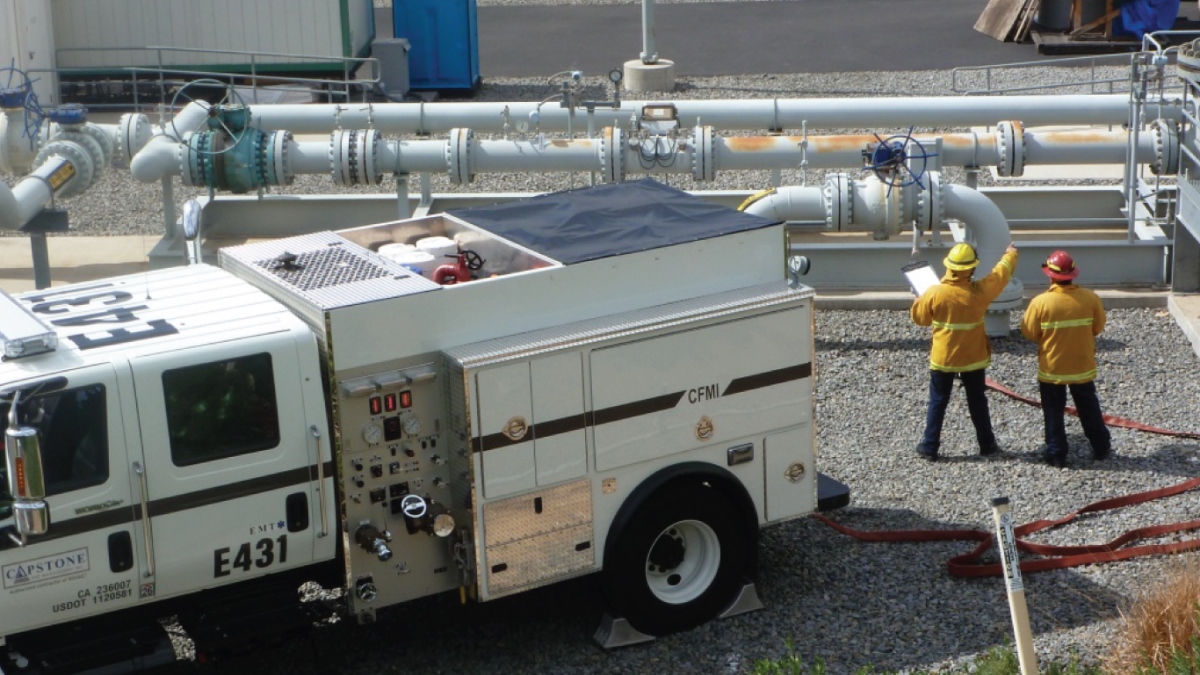Fire Protection Services: The Reality Deeper Than Common Misconceptions
When it comes to fire safety, fallacies and misunderstandings can lead to hazardous oversights that put lives and property at risk. Many people are under the impression that installing a smoke alarm or having a fire extinguisher is all it takes to ensure safety, but the reality is much more complex. Grasping fire hazards, formulating effective escape plans, and conducting regular fire drills are essential components of a thorough fire safety strategy. As we delve deeper into fire safety services, it is essential to recognize the importance of preparation and awareness in preventing fires and minimizing their impact.
In this article, we will discuss the key aspects of fire safety, from understanding common fire hazards in homes and businesses to the value of maintaining fire safety equipment. We will also discuss the most recent advancements in fire protection technology and how regulations can determine optimal practices across various industries. By arming ourselves with the right insight and tools, we can establish safer environments for our families, employees, and customers. Realizing the reality of fire safety services can enable us to take proactive steps toward safeguarding what matters most.
Essential Fire Safety Tips
One of the key steps in fire safety is ensuring that your house or establishment is equipped with working smoke alarms. Test your smoke alarms at least one time a month and change the batteries every 6 months. It is also suggested to replace smoke alarms every 10 years. This easy action can greatly increase the likelihood of surviving a fire, providing early warning that allows for timely evacuation.
Creating a comprehensive fire escape plan is crucial for all houses and workplaces. Identify all exits, designate a meeting place away from the danger, and ensure that everyone knows the importance of rehearsing the plan regularly. Conduct fire drills at least twice a year to assess how well-functioning the plan is and to ensure that everyone is aware with their roles during an emergency. This preparation can save lives and minimize panic during a true event.
Additionally, be aware about common fire hazards in your environment. Store flammable in safe locations distant from heat sources, and consistently inspect electrical wiring for signs of wear or damage. Use space heaters safely by keeping them at least 3 feet away from anything that could ignite, and never leave them without supervision. By addressing these fire hazards in advance, you can greatly reduce the likelihood of a fire occurring.
Creating an Effective Fire Plan

An essential fire plan is necessary for ensuring the safety of all occupants in your home or workplace. Start by locating all possible exits, ensuring they are unblocked and unobstructed. Indicate these exits prominently and communicate them to every household members or employees. This knowledge is crucial during an emergency when each second counts. Regularly review these escape routes and drill them during fire drills to solidify awareness.
Then, appoint a meeting point that is a reasonable distance away from the building. This predetermined location will help account for all individuals after an departure. Confirm that everyone knows this meeting point and rehearses going there during drills. Communication is critical; all individuals should feel comfortable expressing concerns or thoughts about the plan, encouraging readiness.
In conclusion, an efficient fire plan involves routine updates and drills. As situations change, such as new occupants or building modifications, your fire plan should change accordingly. Set up routine reviews and refresher training sessions to keep up awareness. Stay updated about fire safety regulations and best practices, making sure your plan remains effective at mitigating risks.
Grasping Fire Safety Regulations
Fire safety guidelines are vital for securing the safety of buildings and their inhabitants. Fire Engineering Consultancy is developed to reduce the risk of fire, protect lives, and protect property. These regulations are often determined by local authorities and follow federal guidelines such as the standards issued by the NFPA and OSHA. Establishments must be cognizant of the applicable guidelines to run legally.
Compliance with fire safety regulations includes various key factors, including correct setup of fire alarms, care of fire extinguishers, and consistent fire safety inspections. In moreover, certain industries harbor customized protocols based on the specific hazards they encounter. For case in point, food service businesses are required to have strong kitchen safety procedures in place to avoid grease fires, while medical institutions may need to confirm that evacuation routes and fire drills cater to at-risk patients.
Neglecting fire safety regulations can lead to serious consequences, including fines, increased insurance premiums, and, crucially, the potential for catastrophic accidents. Business owners should focus on ongoing training for their workforce, keep updated on evolving regulations, and perform routine risk assessments to uphold conformity and enhance overall safety measures within their facilities.